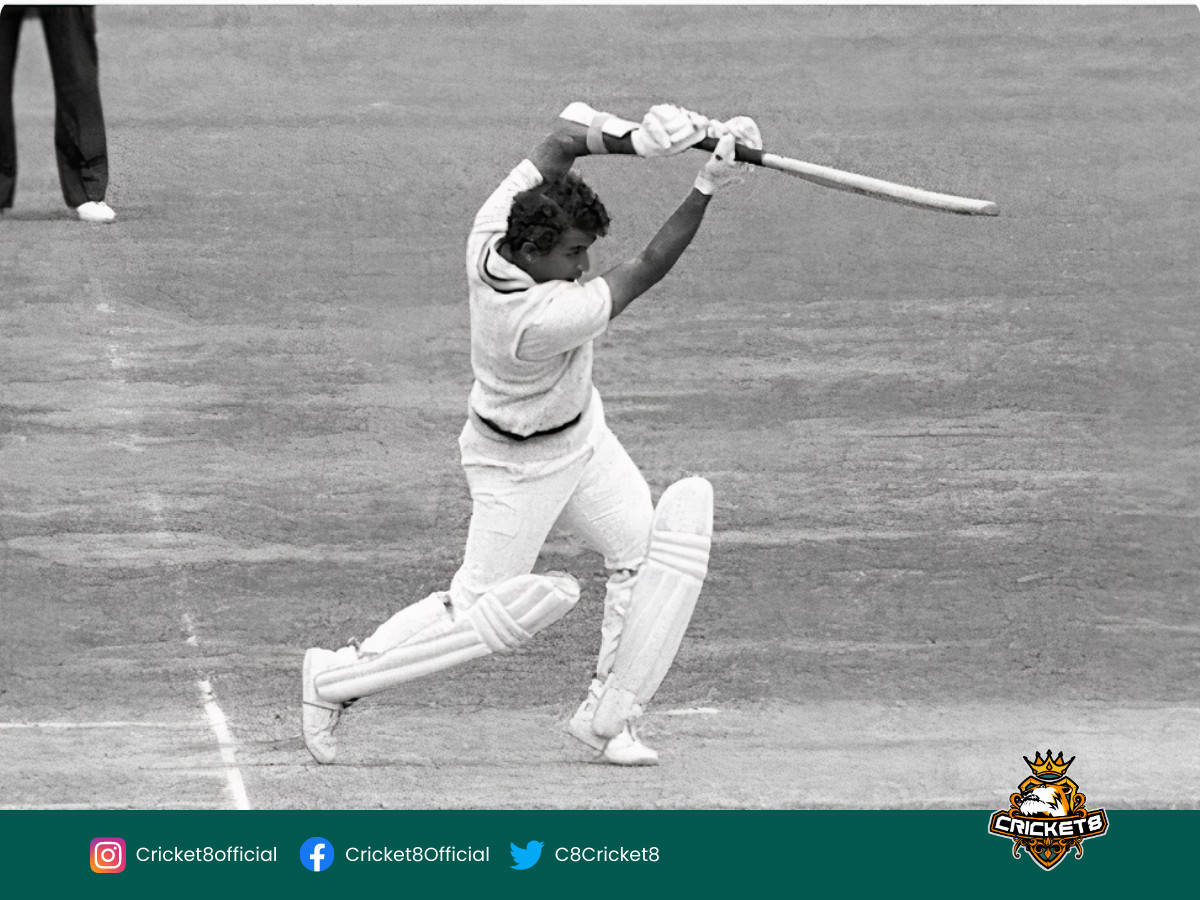Introduction
In the history of cricket, there are certain innings that leave an indelible mark, both for their brilliance and their controversy. One such innings is the infamous 36 not out played by the legendary Indian opener, Sunil Gavaskar, in the 1975 World Cup match against England. This innings has been a subject of much debate and scrutiny, as it showcased a defensive and slow approach in a format that demanded aggression and quick scoring. Let’s delve into the details of this enigmatic innings and explore the various perspectives surrounding it.
The Birth of One-Day International Cricket
To understand the context of Gavaskar’s innings, we need to go back to the early days of One-Day International (ODI) cricket. The ODI format was born out of experimentation and opportunity. In 1971, a Test match between Australia and England was abandoned due to rain. To appease the disappointed crowd, a 45-over ODI was organized, which turned out to be a success. This paved the way for more ODIs, and teams, including India, embraced this new format.
The 1975 World Cup Match: England vs India
The stage was set on June 7, 1975, at the iconic Lord’s Cricket Ground in London, as England took on India in the inaugural match of the Cricket World Cup. England, led by Mike Denness, won the toss and decided to bat first. Powered by a splendid century from Dennis Amiss, they posted a formidable total of 334/4 in their allotted 60 overs. Amiss was well supported by Keith Fletcher and Chris Old, who contributed valuable half-centuries to England’s mammoth score.
Gavaskar’s Unorthodox Approach
India, faced with the daunting task of chasing down a massive target, started their innings cautiously. However, what unfolded next left everyone perplexed. Sunil Gavaskar, one of India’s most accomplished batsmen, adopted an extremely defensive and slow approach. He played a knock that was characterized by blocking and leaving deliveries, rather than taking risks and scoring runs. Gavaskar’s innings of 36 not out came off a staggering 174 deliveries and included just one boundary.
The Backlash and Criticism
Gavaskar’s enigmatic innings drew sharp criticism and raised eyebrows among fans, experts, and even his own teammates. The spectators present at Lord’s were bewildered by his approach and even jeered him for his defensive tactics. The Indian team’s overall run-rate suffered as they could only manage to score 132 runs for the loss of three wickets in their allotted 60 overs, resulting in a crushing defeat by a margin of 202 runs.
Conflicting Explanations and Controversy
In the aftermath of the match, various explanations and theories emerged to explain Gavaskar’s unusual approach. According to Gavaskar himself, he found it extremely difficult to score on the slow and challenging wicket, which led to his cautious batting strategy. However, this explanation was met with skepticism, as England had managed to score over 300 runs on the same pitch.
Insights from Team Management and Teammates
Gulabrai Ramchand, the team manager during the 1975 World Cup, expressed his disappointment and labeled Gavaskar’s innings as “the most disgraceful and selfish performance.” Ramchand openly criticized Gavaskar for his defensive approach and remarked that it was a disservice to the spirit of the game and the pride of the nation. Srinivas Venkataraghavan, who was a teammate of Gavaskar, also expressed his displeasure and felt that Gavaskar had let the team and the spectators down.
Gavaskar’s Reflections and Explanation
Years later, in his autobiography “Sunny Days,” Gavaskar opened up about the match and provided his perspective on the infamous innings. He revealed that there was a moment of hesitation in the very beginning of his innings when he felt he had nicked the ball and should have been out for a duck. However, no appeal was made, and he continued his innings. Gavaskar also mentioned that he felt mentally burdened during the match and at times contemplated getting out to relieve himself from the agony.
Legacy and Redemption
Despite the infamous innings, Sunil Gavaskar went on to have a remarkable career in both Test and ODI cricket. He achieved numerous records and accolades, becoming the first player to score 10,000 runs in Test cricket. Gavaskar was also a part of the Indian team that clinched the World Cup in 1983, redeeming himself and cementing his place as one of the greatest batsmen in the history of the sport.
Conclusion
The enigma of Sunil Gavaskar’s 36 not out in the 1975 World Cup match against England continues to intrigue cricket enthusiasts to this day. While the reasons behind his defensive approach remain a subject of debate, there is no denying the impact and controversy surrounding this innings. It serves as a reminder of the complexities and intricacies of the game and the unique challenges that players face in different situations. Gavaskar’s legacy, despite this infamous innings, remains undisputed, and he will always be remembered as one of the legends of Indian cricket.




